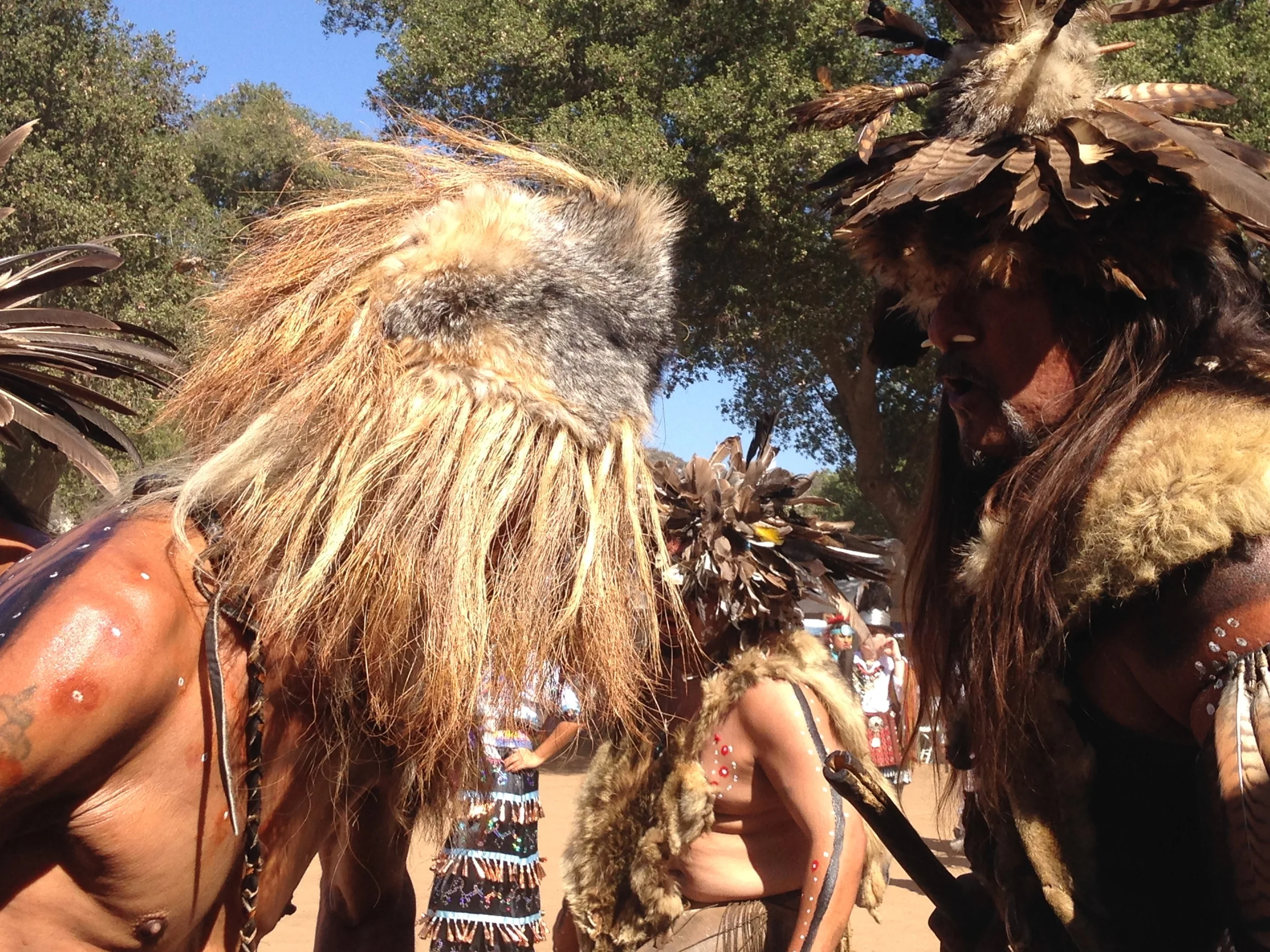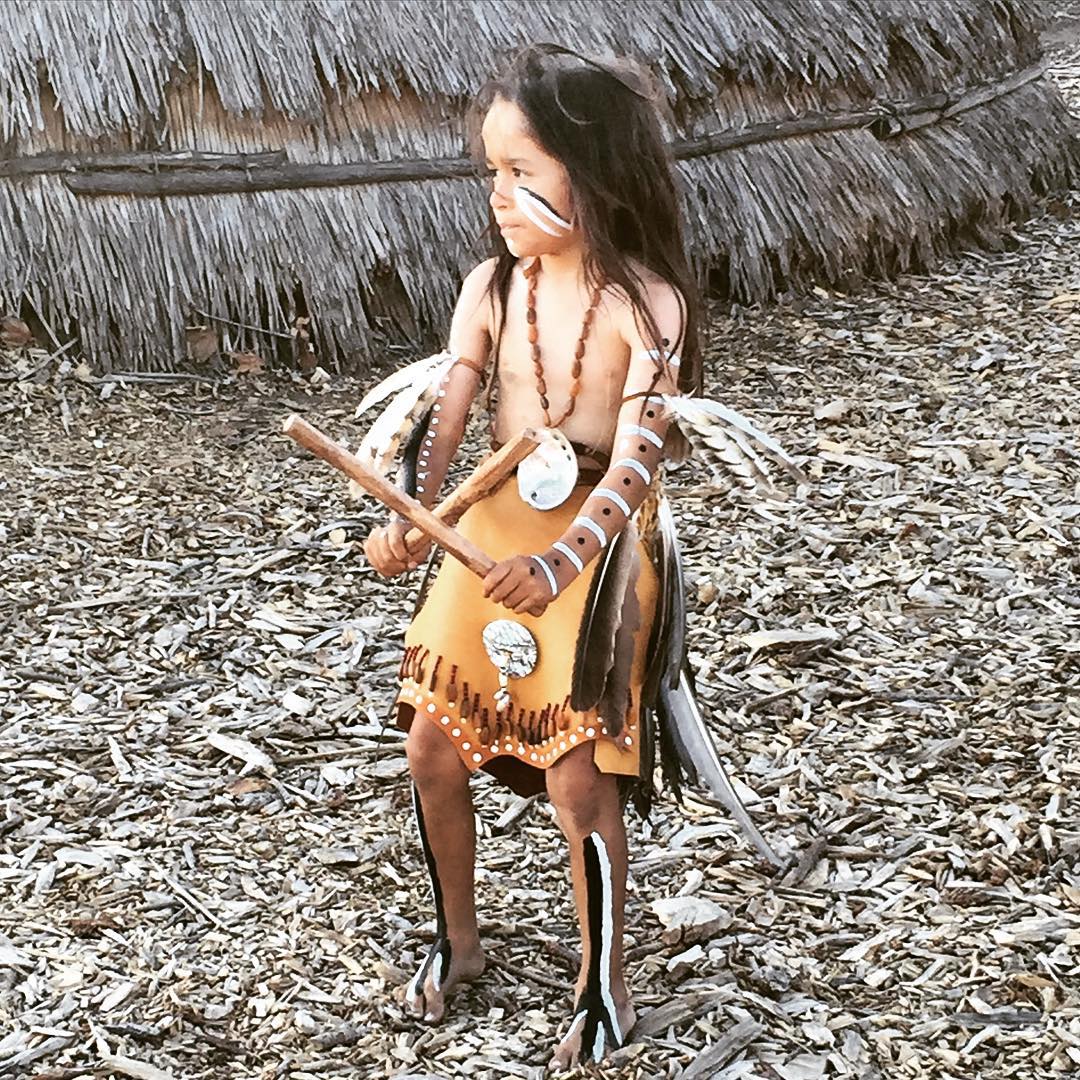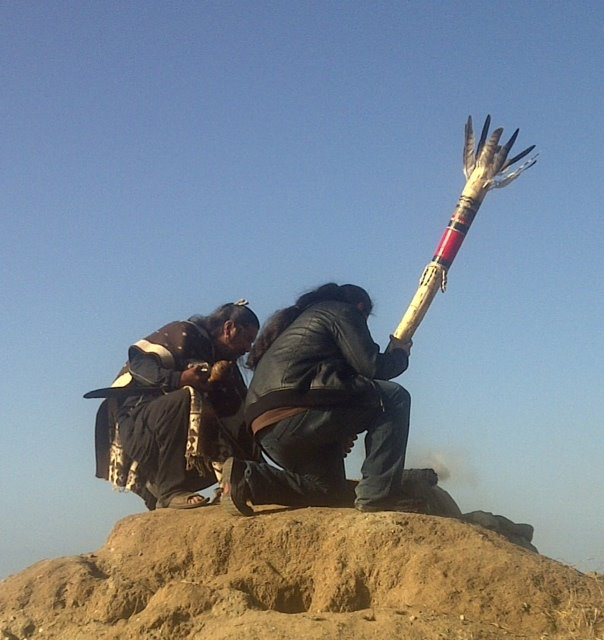The Chumash and Gabrielino-Tongva peoples were the first human inhabitants of the Channel Islands and Santa Monica Mountains areas. Our peoples are known to have lived here for thousands of years; numerous archaeological sites have been uncovered in the past decade some of which date to 15,000 years.

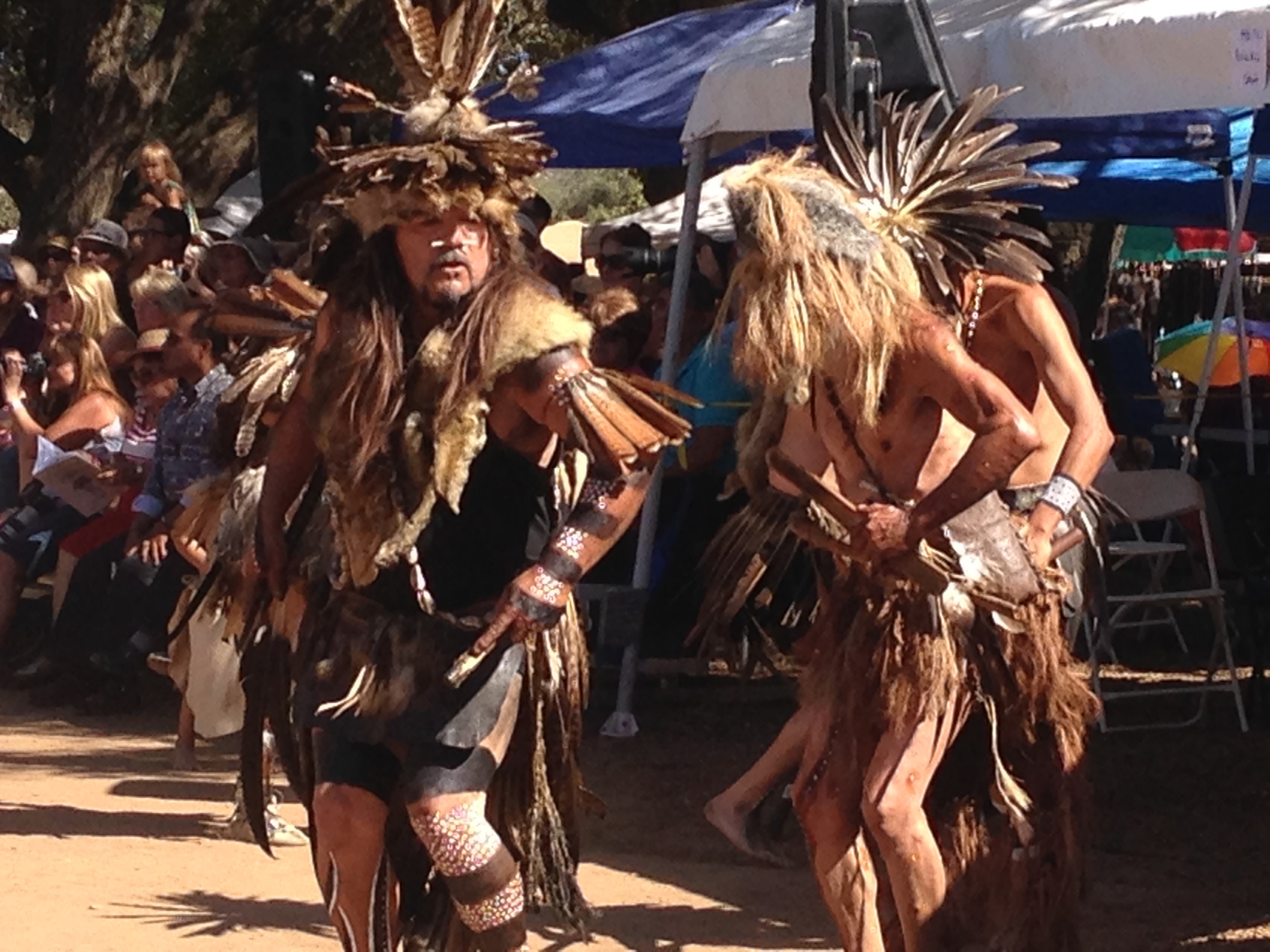
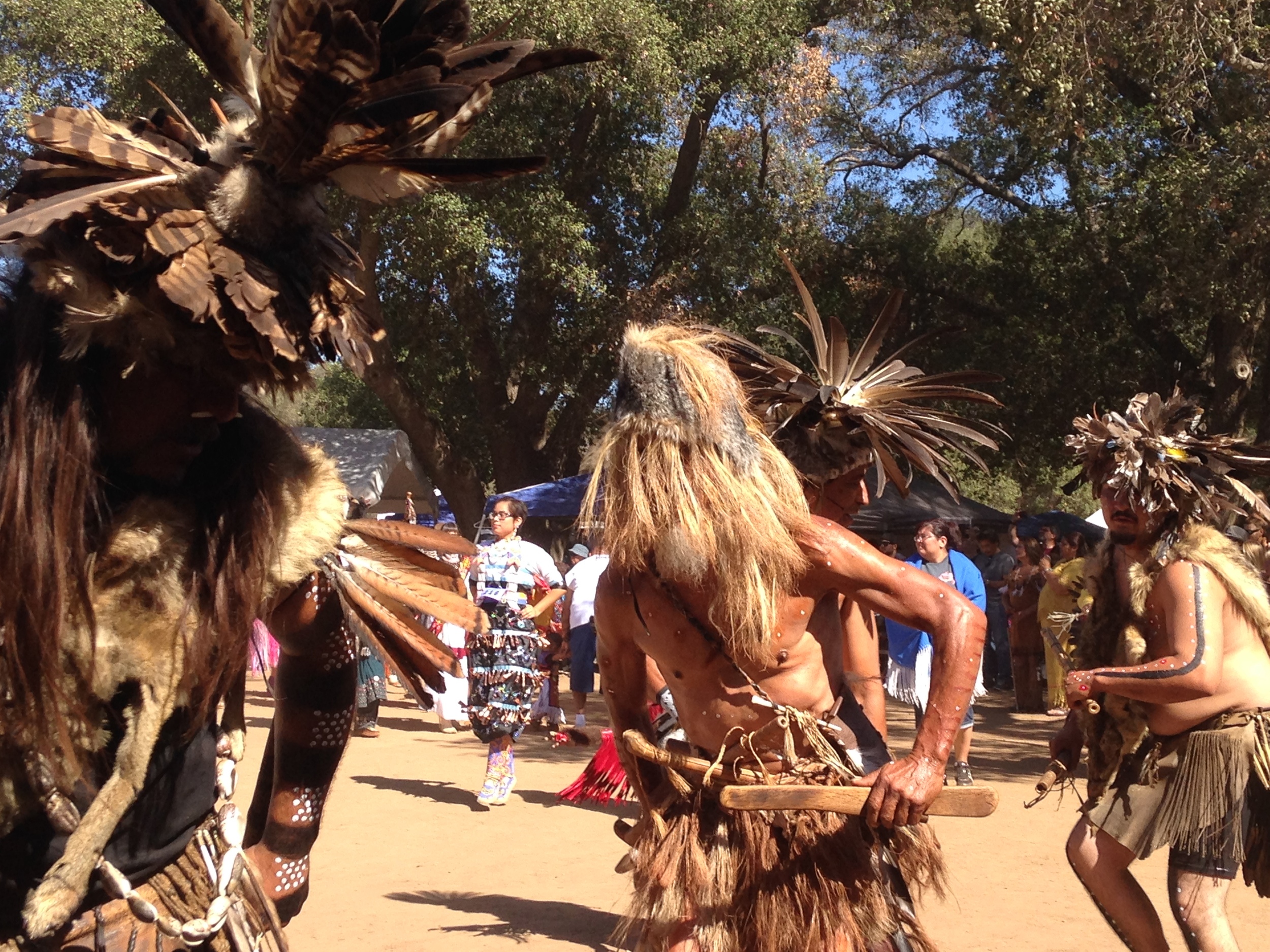
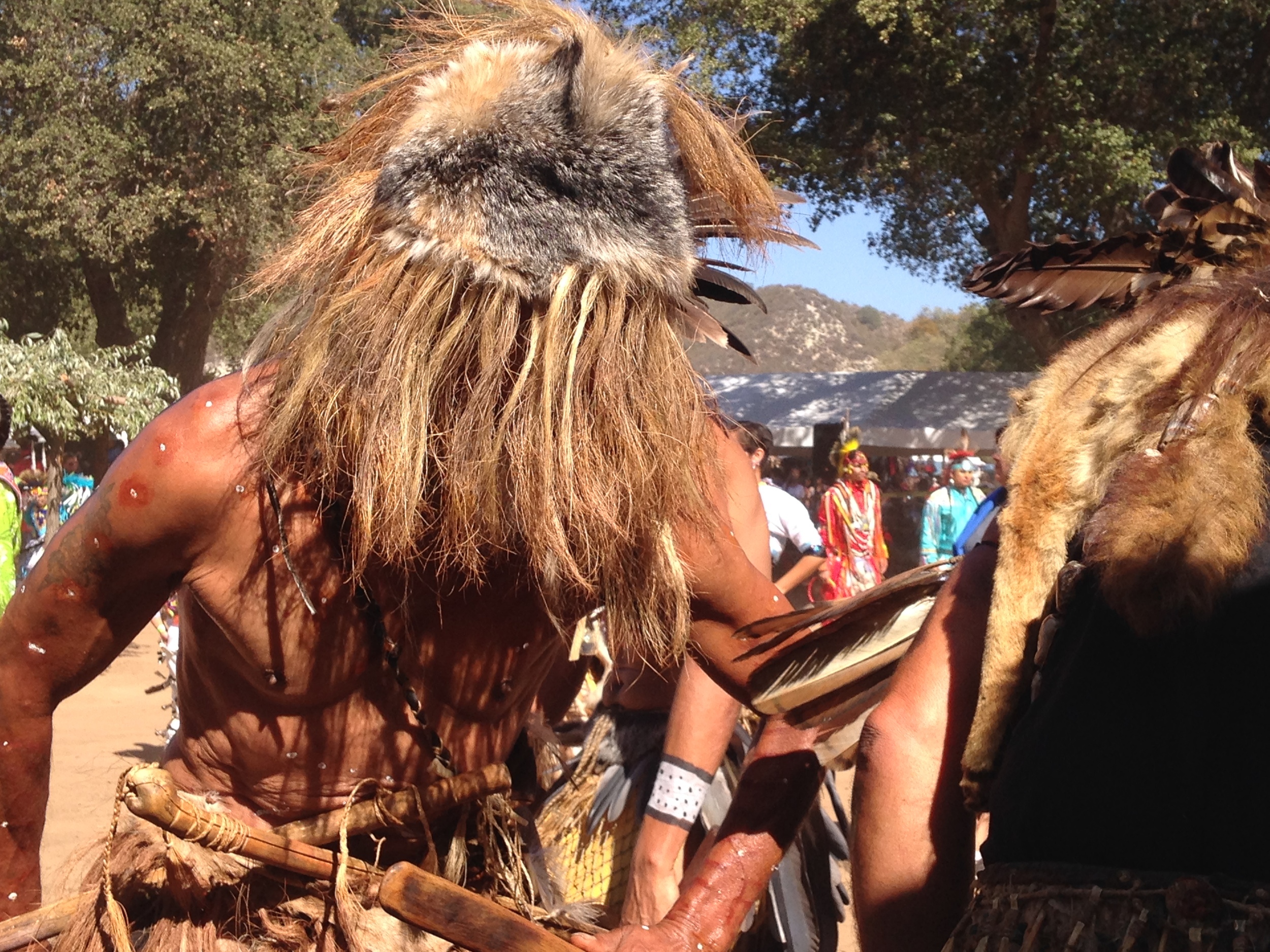

Anthropologist have written that there were 20,000 Chumash living in an area that covers California's coast from Malibu in the South, to San Luis Obispo in the North at the time of European occupation. The successful livelihood of the Chumash people was based upon subsistence upon the available natural resources - plants, animals and fish, and their sustainable ways of utilizing these resources. The ancestors found uses for almost every type of plant and animal available - for food, clothing, medicine, baskets, canoes, and tools. The natural environment inspired art (Chumash rock and cave art still exists today), beliefs, stories, ceremonies and songs. The rich history and lifeways of the Chumash people is preserved in those art forms, which were passed down to the children of each generation to today.
The Chumash are a maritime culture, known as hunters and gatherers. Our boats - canoes, called tomols - enabled abundant fishing and trade, traveling up and down the coast to other villages. Tomols are usually constructed from redwood or pine logs. Chumash people were not dependent upon farming, as were other Native American tribes. Acorns, seeds, bulbs, roots and nuts were seasonal staples, as was wild game, including bears, seals, otters, shellfish, deer and rabbits.
Chumash homes called 'ap 'ap, are constructed of local plant materials. Baskets and mats are woven, and bones and plants were and still are used for tools and clothing. The Chumash learned to be extremely innovative and resourceful, and found uses for everything that was available, including each part of almost every plant.
The Chumash also developed a variety of games, which were designed to teach the young about sportsmanship and skills useful for hunting and making crafts. Stories are told to teach the children about their relationship with nature, and their cultural and religious beliefs.
The Chumash culture has been considered one of the most unique and advanced in the continent, and there is much to learn from a people who understood the relationship between humankind and earth's natural resources; they both feared and respected the natural world as their greatest teacher of Traditional Knowledge, for they knew then and know now that all our lives depend on it for survival.

